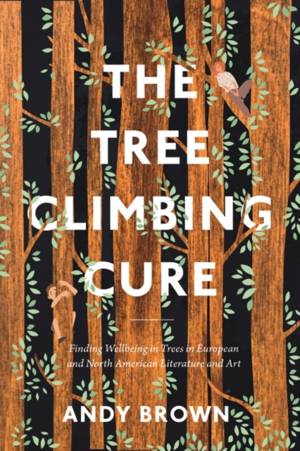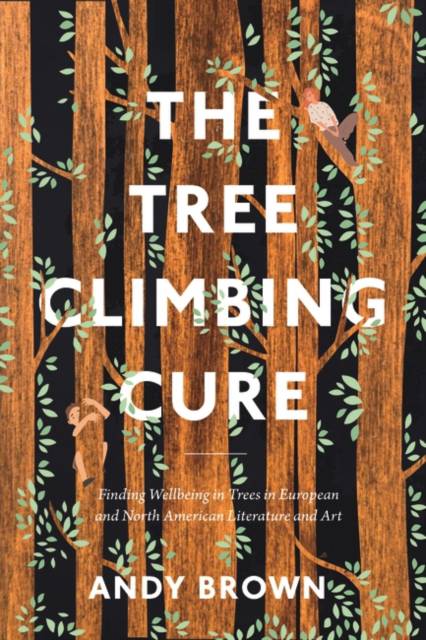
- Afhalen na 1 uur in een winkel met voorraad
- Gratis thuislevering in België vanaf € 30
- Ruim aanbod met 7 miljoen producten
- Afhalen na 1 uur in een winkel met voorraad
- Gratis thuislevering in België vanaf € 30
- Ruim aanbod met 7 miljoen producten
Zoeken
The Tree Climbing Cure
Finding Wellbeing in Trees in European and North American Literature and Art
Andy Brown
€ 152,95
+ 305 punten
Uitvoering
Omschrijving
Our relationship with trees is a lengthy, complex one. Since we first walked the earth we have, at various times, worshiped them, felled them and even talked to them. For many of us, though, our first memories of interacting with trees will be of climbing them.
Exploring how tree climbers have been represented in literature and art in Europe and North America over the ages, The Tree Climbing Cureunpacks the curative value of tree climbing, examining when and why tree climbers climb, and what tree climbing can do for (and say about) the climber's mental health and wellbeing.
Bringing together research into poetry, novels, and paintings with the science of wellbeing and mental health and engaging with myth, folklore, psychology and storytelling, Tree Climber also examines the close relationship between tree climbing and imagination, and questions some longstanding, problematic gendered injunctions about women climbing trees.
Discussing, among others, the literary works of Margaret Atwood; Charlotte Bronte; Geoffrey Chaucer; Angela Carter; Kiran Desai; and J.R.R. Tolkien, as well as work by artists such as Peter Doig; Paula Rego; and Goya, this bookstands out as an almost encyclopedic examination of cultural representations of this quirky and ultimately restorative pastime.
Specificaties
Betrokkenen
- Auteur(s):
- Uitgeverij:
Inhoud
- Aantal bladzijden:
- 240
- Taal:
- Engels
- Reeks:
Eigenschappen
- Productcode (EAN):
- 9781350327290
- Verschijningsdatum:
- 12/01/2023
- Uitvoering:
- Hardcover
- Formaat:
- Genaaid
- Afmetingen:
- 156 mm x 234 mm
- Gewicht:
- 508 g

Alleen bij Standaard Boekhandel
+ 305 punten op je klantenkaart van Standaard Boekhandel
Beoordelingen
We publiceren alleen reviews die voldoen aan de voorwaarden voor reviews. Bekijk onze voorwaarden voor reviews.








